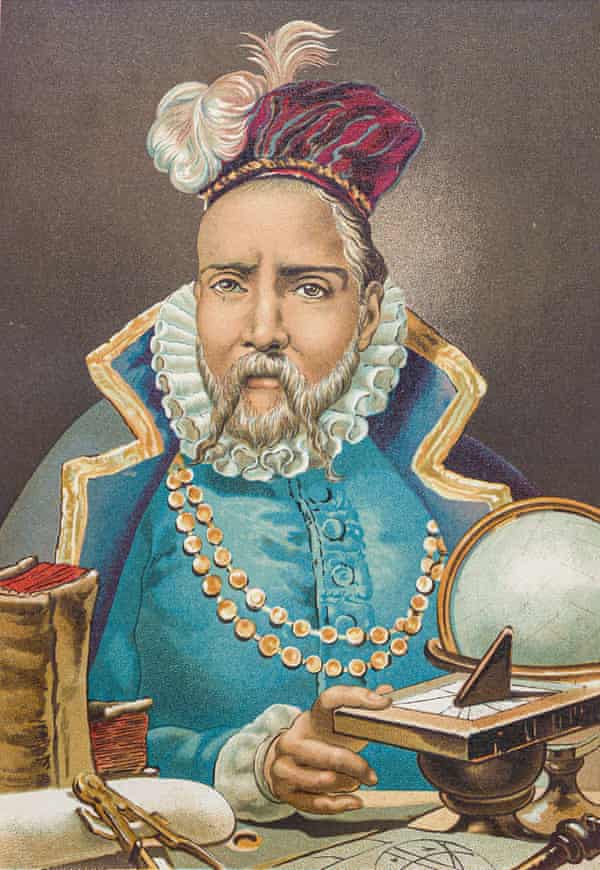Catch a failing star: the tense wait for a supernova | Supernovae
If Stephen Smartt gets lucky, he may one day receive a message that will give the astrophysicist an advance warning that one of the most extraordinary displays known to science is about to light up the night sky. Signals relayed by automated telescope arrays and underground detectors will reveal that a star in our galactic neighbourhood has just turned supernova.
A supernova occurs when a star destroys itself so completely it can outshine the combined light of an entire galaxy. In the last thousand years, only five have ever been visible to the naked eye. Ironically, all occurred before the invention of the telescope.
“We know about supernovae from their appearance in other galaxies and from remnants left behind in our own galaxy,” says Smartt, an astrophysicist based at Queen’s University Belfast. “But what we would love to do is see one that appears fairly near us so we can study it with modern telescopes and detectors.”
When a supernova erupts, it sprays the cosmos with heavy elements – so observing one nearby would provide precious information about the creation of matter in our galaxy.
“Most elements heavier than oxygen were created in a supernova before being hurled across space,” says Prof Mark Sullivan of the University of Southampton. “These atoms provide the galaxy with material essential to life. The calcium in your bones and the iron in your blood – as well as the gold in the ring on your finger – were all created in supernovae explosions.”
It is an image that continues to entrance writers and artists. In Jeanette Winterson’s words, astronomers have shown our first true parent was actually a star and that we are made of elements that are “the long-lived radioactive nuclear waste of the supernova bang”. Or, as Joni Mitchell put it, more simply: “We are stardust.”

The most common type of supernova occurs when a very large star runs out of fuel, halting the nuclear fusion process that keeps it shining. The star’s outer layers fall inwards, and protons and electrons are crushed together to form neutrons that become packed into a superdense ball. Matter continues to rain down on this neutron ball before bouncing back, triggering a shock wave that destroys the star.
All that is left behind is a neutron sphere that is so dense a matchbox of it would weigh about 3bn tonnes. And if the original progenitor star that led to the supernova was particularly large, this neutron star will become so heavy it will form a black hole from which nothing can escape, not even light.
This is a core-collapse supernova and it can unleash more energy than our sun will release over its entire 10bn-year lifetime. If a star in our galaxy, too distant to be seen by the naked eye on Earth, becomes a supernova, it will suddenly shine so brilliantly it could be seen in daylight.
Scientists estimate that on average about 20…
Read More: Catch a failing star: the tense wait for a supernova | Supernovae
